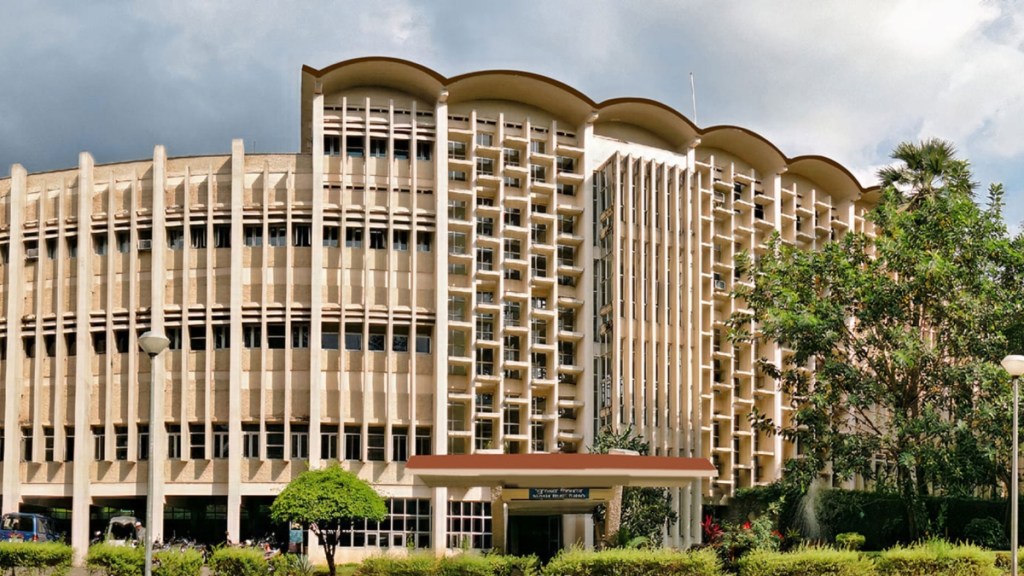In the latest edition of the QS World University Rankings-Asia, the Indian Institute of Technology (IIT), Bombay has once again clinched the top spot in India. Moreover, India has surpassed China in the number of ranked universities, making it the ‘most represented higher education system’ with 148 featured universities, an increase of 37 compared to the previous year. Mainland China follows with 133 institutions and Japan has 96 institutions featured. Notably, this year’s rankings include Myanmar, Cambodia, and Nepal for the first time, according to an official statement.
Similar to the previous year, the top 100 institutes in Asia include IISc Bengaluru, Delhi University and five Indian Institutes of Technology (IITs): Bombay, Delhi, Madras, Kharagpur and Kanpur. This achievement underscores the growing visibility of Indian universities in the QS rankings, reflecting the expanding landscape of higher education in India and its increasing research contributions. Ben Sowter, Senior Vice President at QS, noted that this growth is not only significant for the region’s education but also highlights India’s path to enhancing its global academic reputation, the statement mentioned.
IIT Bombay stands out as India’s premier institution in the rankings. It leads nationally in both academic and employer reputation indicators, based on assessments by 1,44,000 academics and employers. Notably, it ranks among the top 20 institutions in Asia for employer reputation, it added.
Several other Indian institutes have also made it to the top 100 in the QS Asia University Rankings 2024, including IIT-Delhi, IIT-Madras, Indian Institute of Science, IIT-Kharagpur, IIT-Kanpur and University of Delhi. While India falls slightly below the regional average in academic and employer reputation, it performs exceptionally well in the papers per faculty metric among higher education systems with more than 10 ranked universities, as per the statement.
The performance of Indian institutions in the international research network indicator falls slightly below the regional average, reflecting the challenge of balancing the needs of the domestic student population with the goal of attracting international students. India has also surpassed China in outbound student mobility for the first time in 15 years, with an increasing number of Indian students pursuing education in the United States, the statement said.
The QS rankings are based on ten indicators, including academic reputation, employer reputation, faculty-student ratio, international relations network, citations per paper, papers per faculty, staff with PhD, international faculty, international students and outbound exchange students.
The rankings reveal that Indian universities have shown resilience, with over half of the ranked institutions experiencing declines in position, while 21 have improved, 15 remained unchanged and 37 new universities entered the list. India has a significant presence among the new entries, while Mainland China has comparatively fewer new additions to its list of ranked institutions.
India excels in research output, with seven of Asia’s top 10 universities for papers per faculty being Indian institutions, including Anna University and Maulana Abul Kalam Azad University of Technology, West Bengal, which are among the region’s most productive research institutions. However, India’s performance in the international research network indicator, academic reputation, and employer reputation falls slightly below the regional average, as noted by the statement.
The top position in Asia in the 2024 edition of the rankings is secured by Peking University in China, followed by the University of Hong Kong, the National University of Singapore, Nanyang Technological University, and Tsinghua University, it added.
With inputs from PTI.
